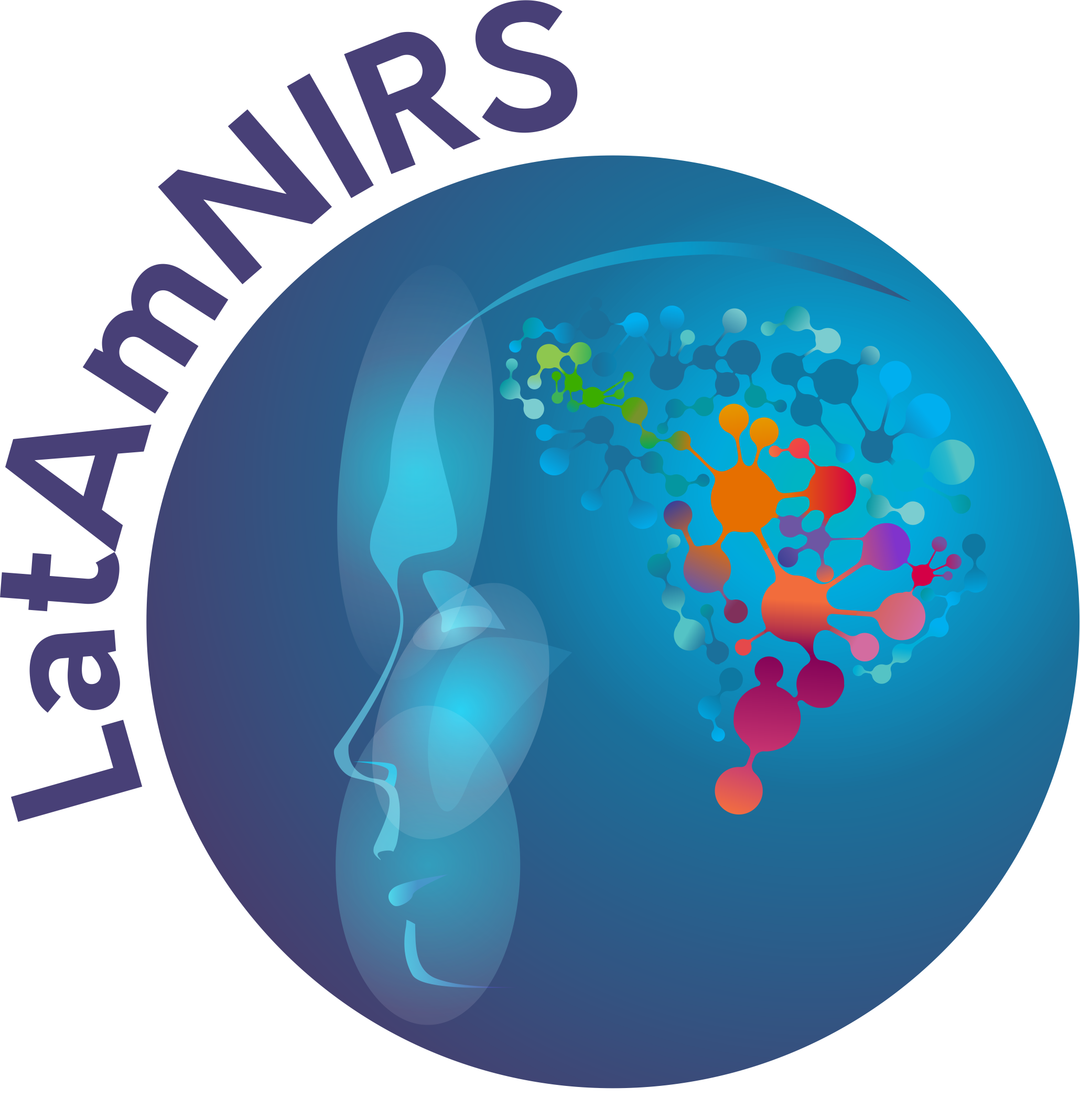Path length factor
Definition: In functional near-infrared spectroscopy (fNIRS), the path length factor (PLF) is a correction factor that is used to account for the length of the optical path through the tissue being measured. This scaling factor is applied to the measured changes in optical density to account for the fact that light travels a longer distance or follows a banana shaped path rather than a straight way through the tissue when the source and detector are further apart. The PLF is typically calculated using a Monte Carlo simulation, which models the propagation of light through the tissue and calculates the average path length of the photons. The PLF is an important correction factor in fNIRS because it affects the accuracy of the measurements of changes in hemoglobin concentration. Without the PLF correction, the changes in optical density would be underestimated when the source and detector are further apart, leading to inaccurate estimates of the underlying neural activity.
Alternative definition:
Synonym:
References: https://doi.org/10.1016/j.neuroimage.2013.05.004
Related terms: Differential path length factor
